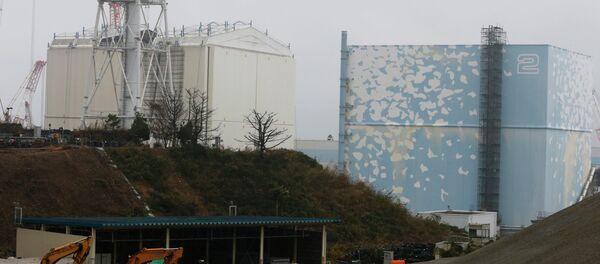As Sputnik reported earlier, Fukushima-1 Unit 2 reactor radiation readings had been estimated at "unimaginable" levels of 530 Sv/hr. This level of radiation is beyond extreme, even in comparison to the inside of the Chernobyl reactor, where radiation levels are ‘only' 34 Sv/hr. The Chernobyl radiation levels are high enough to cause death in humans in about 20 minutes, and Fukushima's earlier estimation, of 530 Sv/hr, is likely to kill a man in moments. Alarmingly, it is also more than powerful enough to kill purpose-built radiation-protected robots.
Tepco has previously lost five, less-shielded robots inside the Fukushima reactor. While earlier estimations showed 74 Sv/hr readings, Tepco, charged with decommissioning the destroyed facility, has been unpleasantly surprised to find that radiation levels underneath the reactor have spiked, due, in part, to nuclear fuel believed to have melted out of the reactor core. As a result, the company ordered the toughest robot available to clear the way for cleanup machines. Intended to function for two hours, Tepco pulled the machine prematurely, as its cameras developed noise and the image became too dark to use.
Tepco has reported that they have only acquired images of the reactor chamber, showing damaged structures, coated with molten material, possibly mixed with molten nuclear fuel. The robot was able to acquire images of a part of a disc platform that was located below the reactor core that had been melted through. This discovery supported earlier speculation that nuclear fuel has found its way outside of the reactor. Tepco continues to assert that no radiation is leaking outside of the building.






